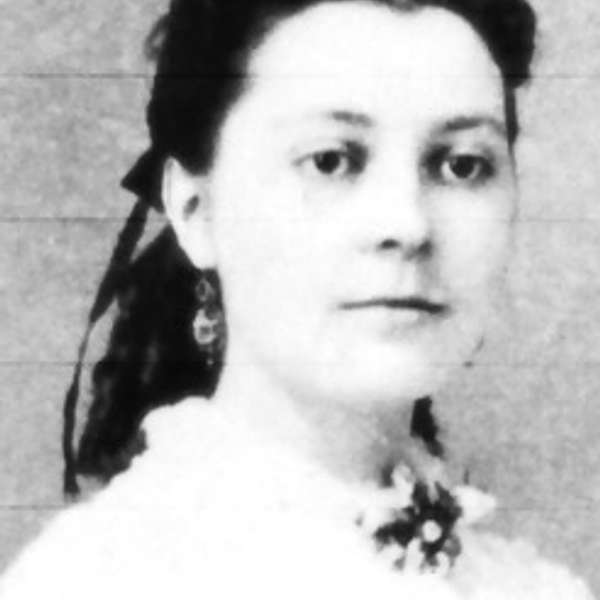
Wild West Podcast
Welcome to the Wild West podcast, where fact and legend merge. We present the true accounts of individuals who settled in towns built out of hunger for money, regulated by fast guns, who walked on both sides of the law, patrolling, investing in, and regulating the brothels, saloons, and gambling houses. These are stories of the men who made the history of the Old West come alive - bringing with them the birth of legends, brought to order by a six-gun and laid to rest with their boots on. Join us as we take you back in history to the legends of the Wild West. You can support our show by subscribing to Exclusive access to premium content at Wild West Podcast + https://www.buzzsprout.com/64094/subscribe or just buy us a cup of coffee at https://buymeacoffee.com/wildwestpodcast
Wild West Podcast
Pioneering the Heartland: Isadore Douglas' Perilous Journey and the Spirit of the Santa Fe Trail
Embark on a trek through time as we uncover the remarkable story of Isadore Douglas and her family's poignant journey westward in the aftermath of the Civil War. Imagine braving the unknown frontier, where every step is a dance with danger and every letter home is a testament to survival. You're invited to live through Isidore's eyes, as her correspondence with her mother offers us a window into the raw emotions and harsh realities faced on the plains—from the joy and anxiety of impending motherhood to the looming fears of cholera and financial hardship. As we follow her husband Henry's military ascent, we trace the family’s footsteps from the relative comfort of Columbus, Ohio, to the vast expanses of Kansas, where the promise of new beginnings meets the grit of pioneer life.
Strap in for the second leg of our historical saga, where we join the Douglas clan on a rugged expedition from Elm Creek to the storied Fort Zarah. Venture through the untamed wilds as we experience nature's capricious whims, from storms that ravage encampments to frigid nights under the stars, and confront the wildlife that roams the plains. Alongside Isidore's vivid narrations, we navigate critical lifelines like stage stations and the Barlow-Sanderson coaches that dotted the desolate Fort Riley-Fort Larned Road. Arriving at Fort Zarah, we gain insight into the legends of the Santa Fe Trail and the perils at Pawnee Rock. Prepare for an episode that not only chronicles an epic passage but also immortalizes the indomitable spirit that shaped a nation.
Podcasts we love
Check out these other fine podcasts recommended by us, not an algorithm.
